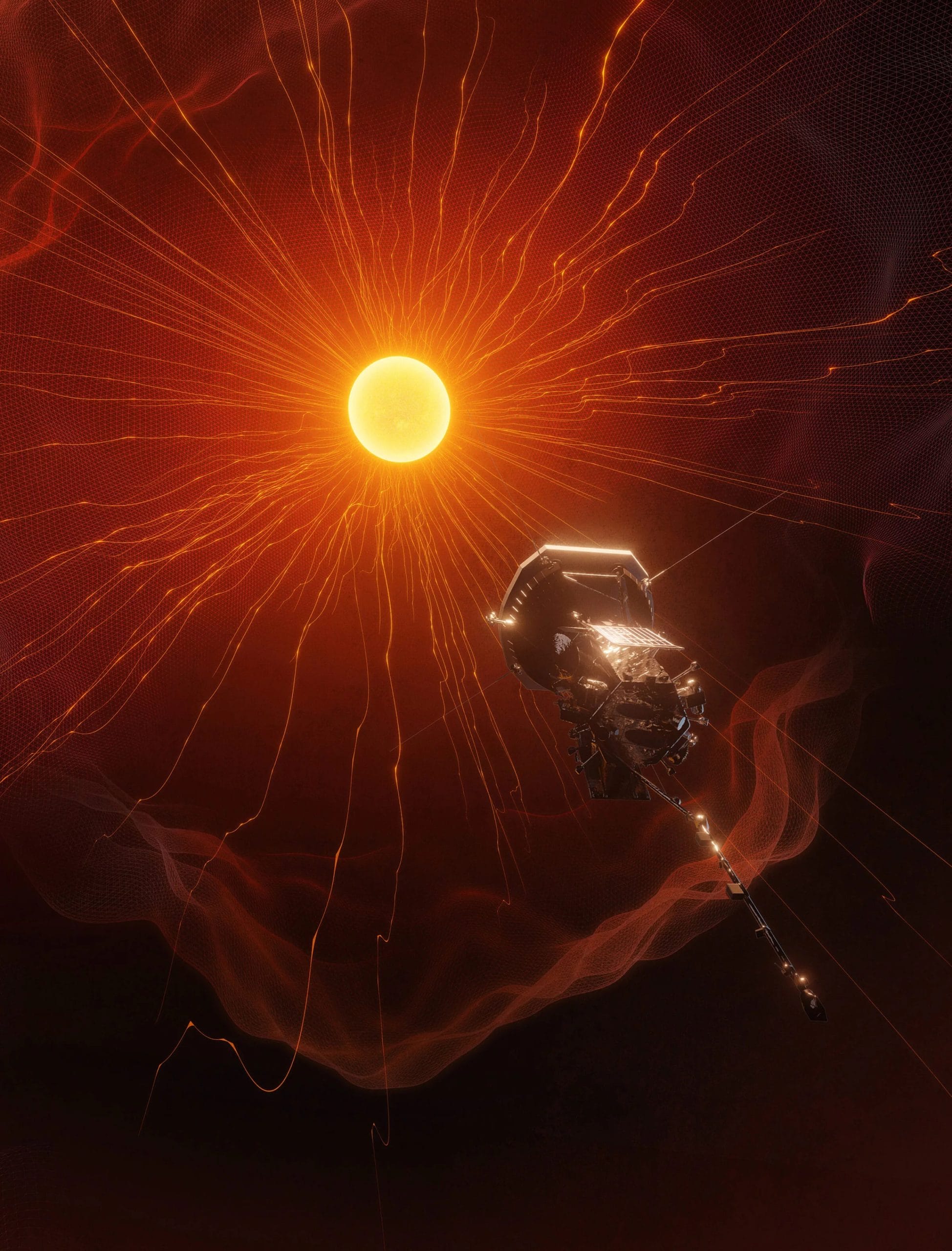- RESEARCHDistance Learning at AIU is enhanced by vast academic resources and innovative technologies build into the Virtual Campus: Hundreds of self-paced courses with video lectures and step by step lessons, thousands of optional assignments, 140,000 e-books, the Social Media & Networking platform allowing collaboration/chat/communications between students, and MYAIU develop students holistically in 11 areas beyond just academics.
- PROGRAMS OFFERED
- Areas of Study
- Courses and Curriculum
- Open Courses
- Register for a Program
- Associate Program
- Associate in Addiction Counseling
- Associate in Agriculture Food And Resources
- Associate in Anti Terrorism Security
- Associate in Behavior Analysis In Special Education
- Associate in Bioethics
- Associate in Climatology
- Associate in Cultural Theological Communication
- Associate in Culinary Arts
- Associate in Ecotechnology
- View all Associates Programs
- Bachelor Program
- Bachelors in Community Development
- Bachelors in Environmental Science
- Bachelor in Education (B.Ed, BS)
- Bachelors in Economics
- Bachelors in Entrepreneurship
- Bachelors in Financial Administration
- Bachelors in Human Resource Management
- Bachelors in Linguistics
- Bachelors in Nutritional Science
- Bachelors in Occupational Health and Safety
- Bachelors in Psychology
- View all Bachelor Programs
- Doctorate Program
- Doctor | of Biology (PhD)
- Doctorate in Business Administration (DBA, PhD)
- Doctor of Economics (PhD)
- Doctor of Electrical Engineering (D.Sc, PhD)
- Doctor of Finance (PhD)
- Doctorate in International Relations
- Doctorate in Information Technology (D.Sc)
- Doctor of Legal Studies (PhD)
- Doctor of Project Management (PhD)
- Doctor of Sociology (PhD, D.Sc)
- Doctorate in Sustainable Natural Resources Management
- View all Doctorate Programs
- Master Program
- Postdoctoral Program
- Postdoctoral in Animal Science
- Postdoctoral in Anti Terrorism Security
- Postdoctoral in Behavior Analysis In Special Education
- Postdoctoral in Bioethics
- Postdoctoral in Blockchain Technology and Digital Currency
- Postdoctoral in Business Management
- Postdoctoral in Cloud Computing
- Postdoctoral in Computer Engineering
- View all Postdoctoral Programs
AIU offers a wide range of majors in areas including the Arts, Business, Science, Technology, Social, and Human studies. More than 120 degrees and programs are available for adult learners at the associate’s, bachelor’s, master’s, doctoral and postdoctoral level. - VIRTUAL CAMPUS
Distance Learning at AIU is enhanced by vast academic resources and innovative technologies build into the Virtual Campus: Hundreds of self-paced courses with video lectures and step by step lessons, thousands of optional assignments, 140,000 e-books, the Social Media & Networking platform allowing collaboration/chat/communications between students, and MYAIU develop students holistically in 11 areas beyond just academics.
- ALUMNI
The world is YOUR campus!”, that is the message of AIU’s month magazine Campus Mundi. Hear the voices and see the faces that make up AIU. Campus Mundi brings the world of AIU to you every months with inspirational stories, news and achievements by AIU members from around the world (students and staff are located in over 200 countries).
Extreme Solar Storm Could Wreak Havoc on the Modern World: Are We Prepared?

Could a solar storm wipe out global communication and power systems in an instant?
How vulnerable are our modern technologies to a massive solar event like the Carrington Event?
Can we predict and prepare for the next devastating solar storm before it’s too late?
Use your research skills and write about how do geomagnetic storms caused by solar activity impact global power grids, and what technological advancements are being developed to protect against these disruptions? Use credible sources such as academic journals, educational websites, and expert interviews to gather information and present a well-rounded answer.
(Login to your student section to access the AIU Additional Resources Library.)
Extreme Solar Storm Could Wreak Havoc on the Modern World: Are We Prepared?
In an era where we rely heavily on technology and connectivity, the looming threat of a solar storm of unprecedented scale could bring the modern world to a grinding halt. With the Sun reaching the peak of its 11-year activity cycle, the risk of such an event has not been this high in over a decade. As scientists closely monitor the Sun’s behavior, they warn that while the benefits of solar activity are undeniable, the dangers are equally profound.
The Solar Threat: More Real Than We Think
Solar storms, also known as geomagnetic storms, occur when the Sun ejects massive bursts of magnetized plasma—known as coronal mass ejections (CMEs)—toward Earth. These storms can trigger disruptions in Earth’s magnetic field, leading to widespread chaos. Though solar flares and storms are regular occurrences, the severity of their impact depends on their strength and proximity to our planet.

Aurora in the northern and southern hemispheres since the Sun is nearing a period of maximum activity in its 11-year solar cycle
Source: Getty Images
According to secondary research, in 1859, the strongest geomagnetic storm ever recorded, the Carrington Event, illuminated the night sky as far south as Colombia. People could read newspapers by the aurora’s glow, and telegraph systems worldwide malfunctioned, with some operators even receiving electric shocks. More recently, in 1989, Quebec experienced a nine-hour blackout caused by a solar storm, providing a modern glimpse into the potential devastation of such events.
Experts warn that today, a solar storm on the scale of the Carrington Event could cause unprecedented damage. Given our reliance on technology, the fallout could cripple power grids, communication systems, and GPS networks, affecting everything from banking to national defense. “The Sun will do what the Sun wants,” says Nour Rawafi, a project scientist for NASA’s Parker Solar Probe, highlighting that the odds of a catastrophic solar storm hitting Earth are unpredictable—but inevitable.
What Could Happen in a Solar Superstorm?
The impact of a major solar storm would extend far beyond power outages. It could disable satellites, damage cell phones, disrupt internet services, and impair air and sea navigation. Solar storms generate massive electrical currents, and when they interact with power grids, they can blow out transformers and cause long-term outages. Some estimates suggest that millions could lose power for weeks or months, with the potential for trillions of dollars in economic damage.
Beyond economic losses, the cascading effects of such a disaster could devastate modern life. Water systems that rely on electric pumps would fail, and transportation and communication networks would collapse. The synchronization of vital infrastructure, such as power and food supply chains, would falter. Even the internet, the backbone of global connectivity, could be severely compromised. Undersea internet cables that carry global data traffic could be fried, leaving the world fragmented into local, isolated networks.
How Likely Is a Solar Superstorm?
The chances of a solar storm of Carrington-level intensity are difficult to calculate. Predictions vary widely, with estimates ranging from a 1% to a 25% chance of a major storm hitting Earth during the current solar cycle. Regardless of the odds, it’s not a question of “if,” but “when” such a storm will occur. Experts agree that humanity’s best course of action is to enhance our ability to predict solar activity and prepare accordingly.

Parker Solar Probe approaches the Sun
Source: NASA/Johns Hopkins APL/Ben Smith
Understanding the Sun: Our Only Defense
Solar scientists emphasize the need for better understanding of the Sun and its behavior. According to secondary research, missions like NASA’s Parker Solar Probe are critical in this endeavor. Launched in 2018, the spacecraft is the first to “touch” the Sun, flying closer than any probe before. It has already provided invaluable data about solar winds and CMEs, helping scientists improve solar storm predictions.
Yet, as Rawafi points out, more needs to be done. He advocates for a constellation of satellites to constantly monitor the Sun from all angles, much like Earth’s satellite networks. This “solar surveillance” would enable more accurate predictions, allowing humanity to take protective measures before disaster strikes. With better warnings, power grids could be shut down in anticipation of a storm, sparing transformers from being fried by induced electrical currents.
Turning Solar Activity into an Advantage
While the risks of solar storms are daunting, solar activity itself isn’t all bad. In fact, the Sun’s constant emissions protect Earth from even more harmful cosmic radiation from deep space. Some researchers believe that solar storms might have even played a role in sparking life on Earth.
For future space travelers, heightened solar activity could also serve as protection from galactic cosmic rays, which are particularly dangerous in deep space. If astronauts are well-prepared and spacecraft are adequately shielded, voyages during periods of intense solar activity might actually be safer from cosmic radiation. Understanding and predicting solar behavior could therefore be key to future space exploration.

An artist’s impression of NASA’s future Interstellar Mapping and Acceleration Probe (IMAP)
Source: NASA / Johns Hopkins APL / Princeton University / Steve Gribben
Are We Ready for the Next Solar Storm?
The next major solar storm could be a devastating event—or merely an inconvenience—depending on how well we prepare. Power grids must be upgraded with systems that can handle the high currents generated during solar storms. Satellites need to be built with better shielding against radiation. And, critically, governments and companies need to invest in early warning systems, such as NOAA’s Space Weather Follow On mission, set to launch in 2025, which will monitor the Sun’s activity and provide crucial data for space weather forecasts.
Some efforts are already underway. After the 1989 blackout, Quebec spent over $1 billion hardening its electrical grid. The United States has also started investing in protections for its transformers, though experts warn that these measures are geared toward less intense storms than the Carrington Event.
Ultimately, humanity’s ability to protect itself from solar storms hinges on better understanding the Sun. Missions like Parker Solar Probe and upcoming satellites are a step in the right direction, but the scale of the problem requires bold thinking and proactive investments in solar science.
Conclusion
As we approach a period of heightened solar activity, the threat of a major solar storm is more real than ever. The fallout from such an event could be catastrophic, disrupting power grids, communications, and critical infrastructure across the globe. But with foresight, research, and investment in predictive technologies, humanity can mitigate the worst effects of solar storms—and perhaps even turn the Sun’s activity to our advantage.
We are, as Rawafi says, “living with the Sun.” Whether that becomes a crisis or an opportunity depends on what we do next.
If this article triggers any interest in learning how solar storms can affect us, then AIU offers a list of Mini courses, Blogs, News articles and many more on related topics that one can access such as:
Aerospace Engineering and Space Exploration
Journey to the Stars: The New Era of Space Exploration and Commercial Space Travel
AIU also offers a comprehensive array of recorded live classes spanning various subjects. If any topic piques your interest, you can explore related live classes. Furthermore, our expansive online library houses a wealth of knowledge, comprising thousands of e-books, thereby serving as a valuable supplementary resource.
Artificial Intelligence with Drones by Abdullah M
Green Hydrogen by Abdulqader Bin Sahl
Introduction to Agro Ecology by Tobias R
Solar storm puts on stunning display
Tree rings log a famous solar storm
CME Sparks Strongest Geomagnetic Storm of Solar Cycle 25
References
A solar storm like the Carrington Event could knock out the Internet (astronomy.com)
The Threat of a Solar Superstorm Is Growing—And We’re Not Ready | Scientific American
The superstorms from space that could end modern life (bbc.com)
What a Major Solar Storm Could Do to Our Planet | The New Yorker
Solar storms can wreak havoc. We need better space weather forecasts (sciencenews.org)
Future Solar Storms Could Cause Devastating Damage | Scientific American
Scientists Have Come Damn Close to Predicting Solar Storms (popularmechanics.com)
The giant solar storm is having measurable effects on Earth : NPR
An Extreme Solar Storm Could Wreak Havoc on The Modern World : ScienceAlert
Reminder to our Dear Students,
Please ensure you are logged in as a student on the AIU platform and logged into the AIU Online
Library before accessing course links. This step is crucial for uninterrupted access to your learning
resources.
AIU Success Stories







Contact Us Today!
Begin Your Journey!
AIU’s Summer of Innovation and Growth gives you the ability to earn up to $5000 in tuition credit by completing free lessons and courses.
Whether you’re looking to acquire new skills, advance your career, or simply explore new interests, AIU is your gateway to a world of opportunities. With free access to 3400 lessons and hundreds of courses the ability to earn credits and earn certificates there’s no better time to start learning.
Join us today as a Guest Student and take the first step towards a brighter, more empowered future.
Explore. Learn. Achieve.

Contact Us
Atlantic International University
900 Fort Street Mall 905 Honolulu, HI 96813 [email protected]
Quick Links
Home | Online Courses | Available Courses | Virtual Campus | Career Center | Available Positions | Ask Career Coach | The Job Interview | Resume Writing | Accreditation | Areas of Study | Bachelor Degree Programs | Masters Degree Programs | Doctoral Degree Programs | Course & Curriculum | Human Rights | Online Library | Representations | Student Publication | Sponsors | General Information | Mission & Vision | School of Business and Economics | School of Science and Engineering | School of Social and Human Studies | Media Center | Admission Requirements | Apply Online | Tuition | Faculty & Staff | Distance Learning Overview | Student Testimonials | AIU Blogs | Register for Program | Privacy Policy | FAQ



















